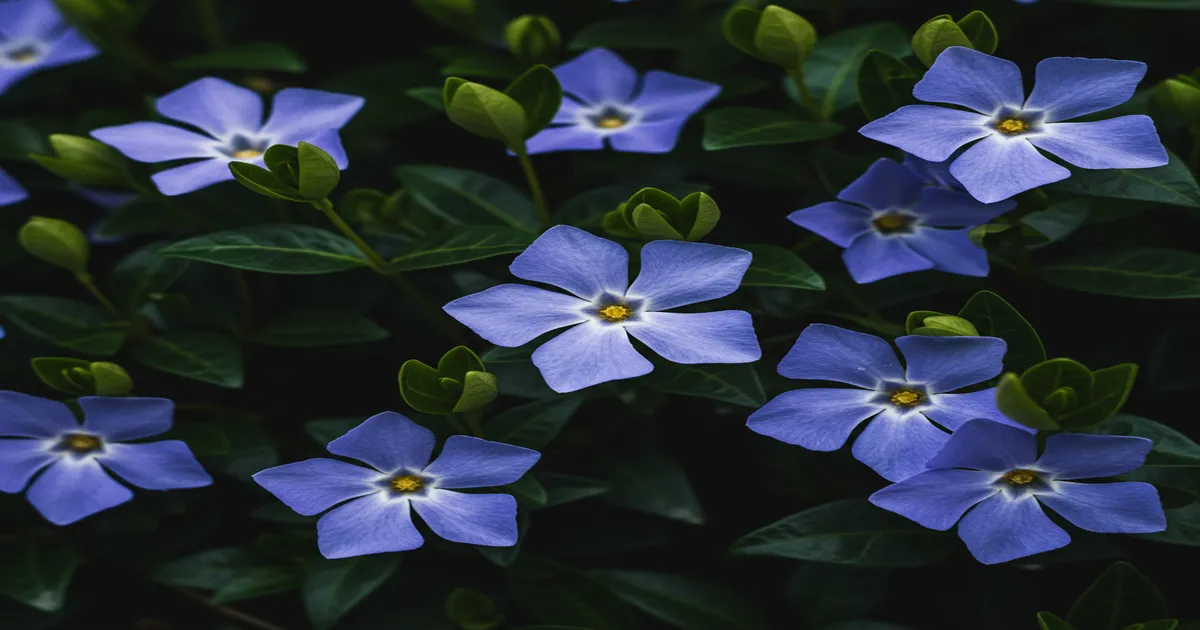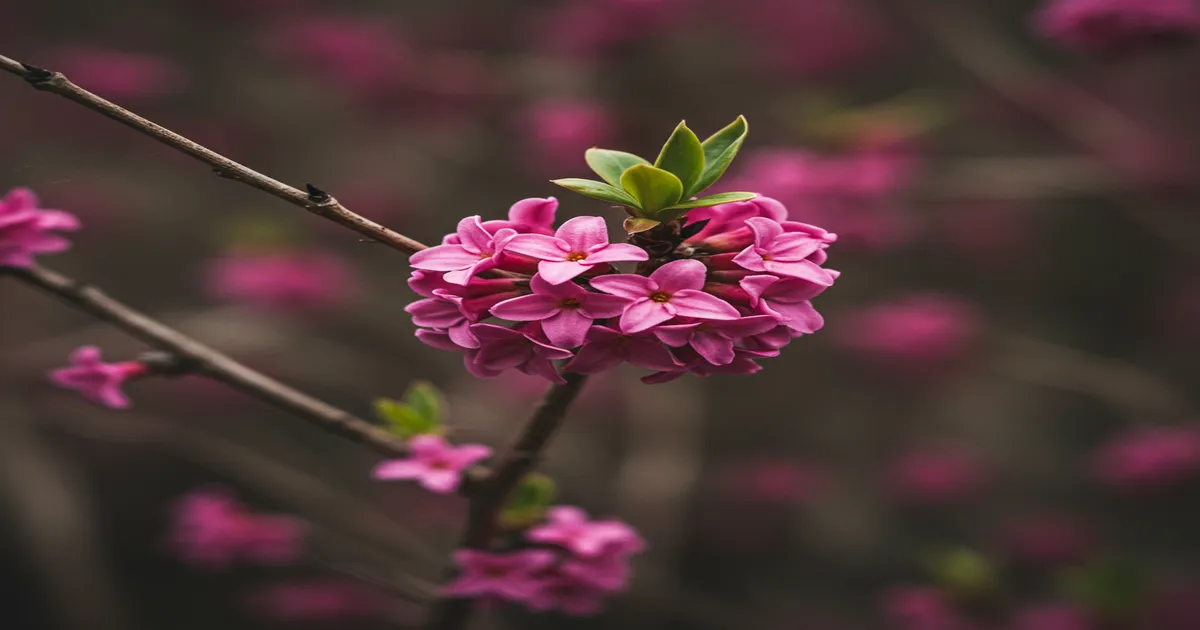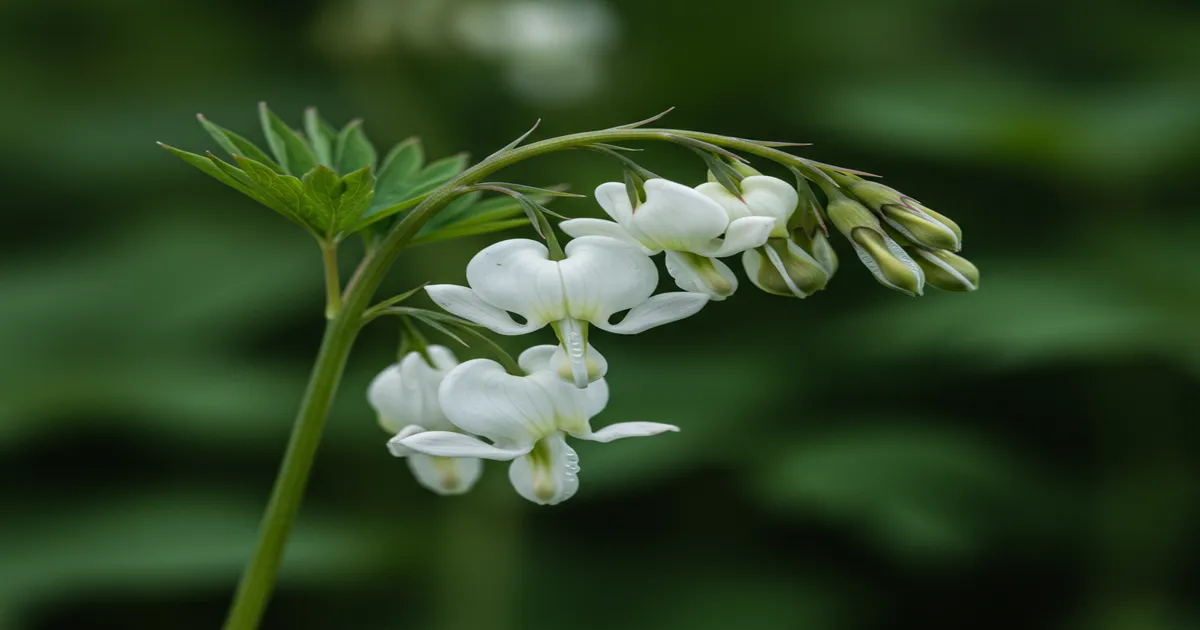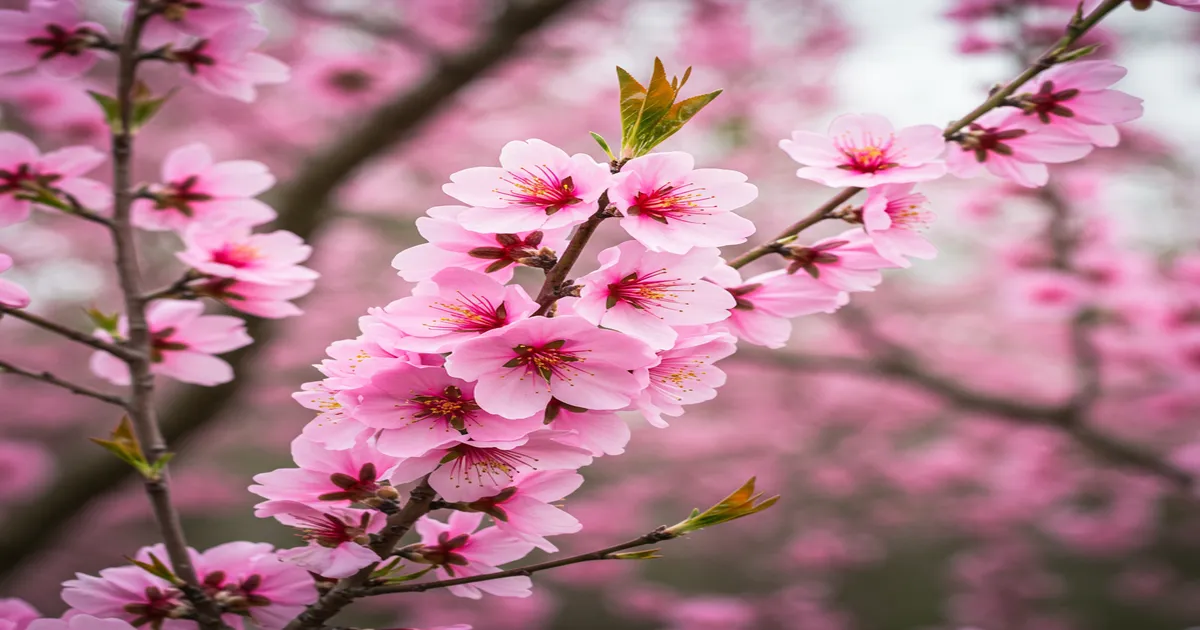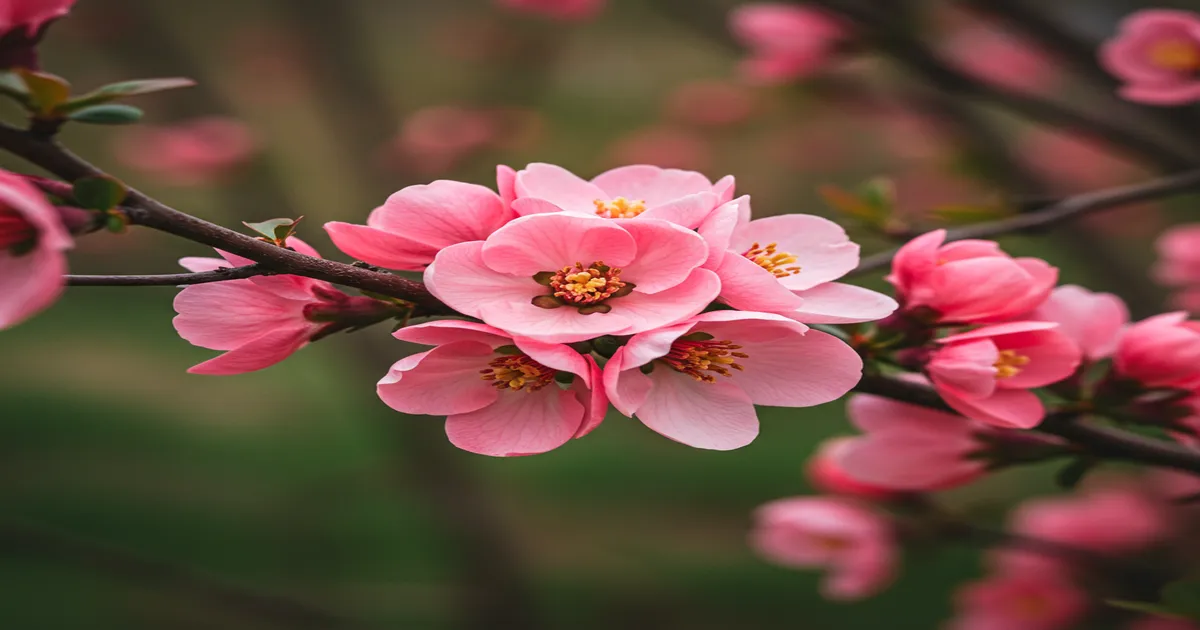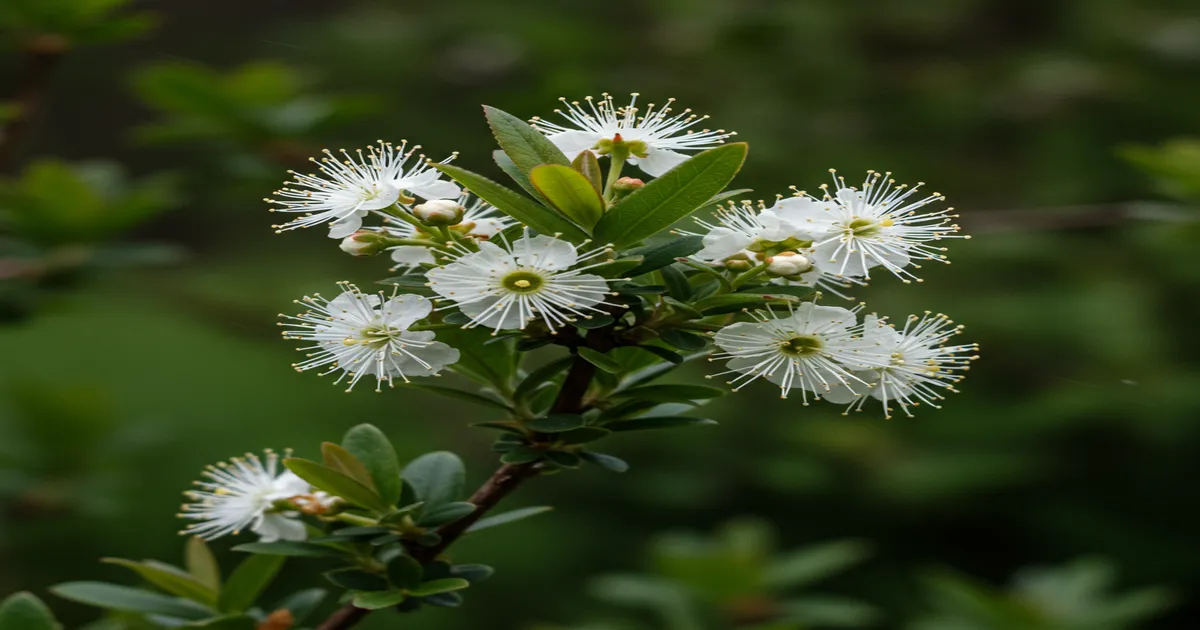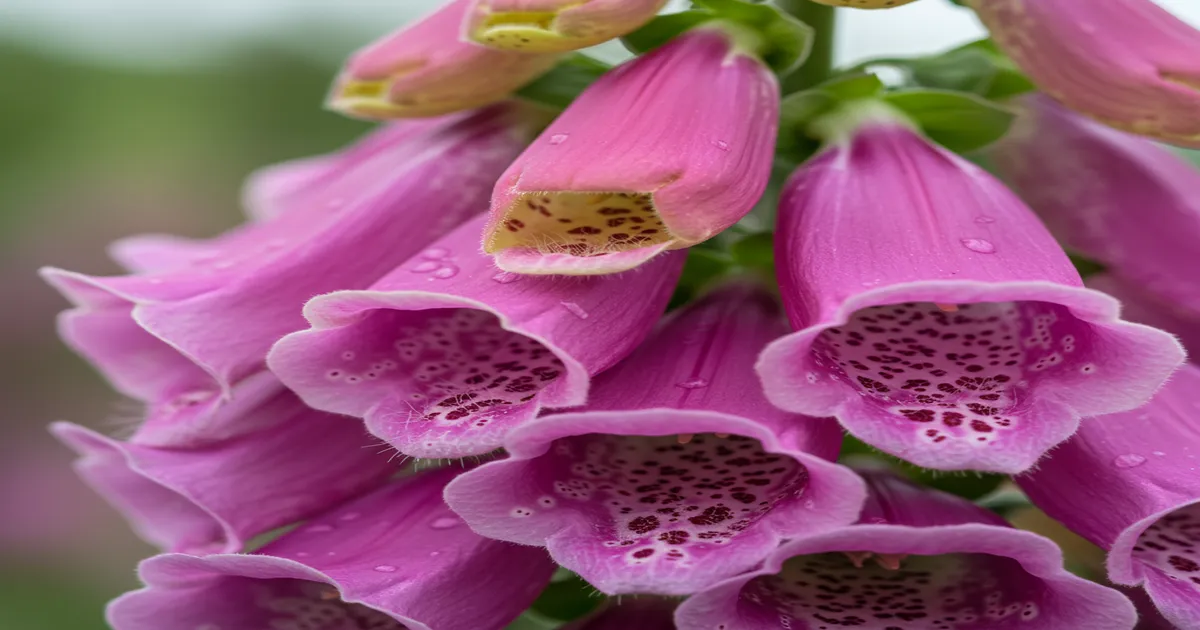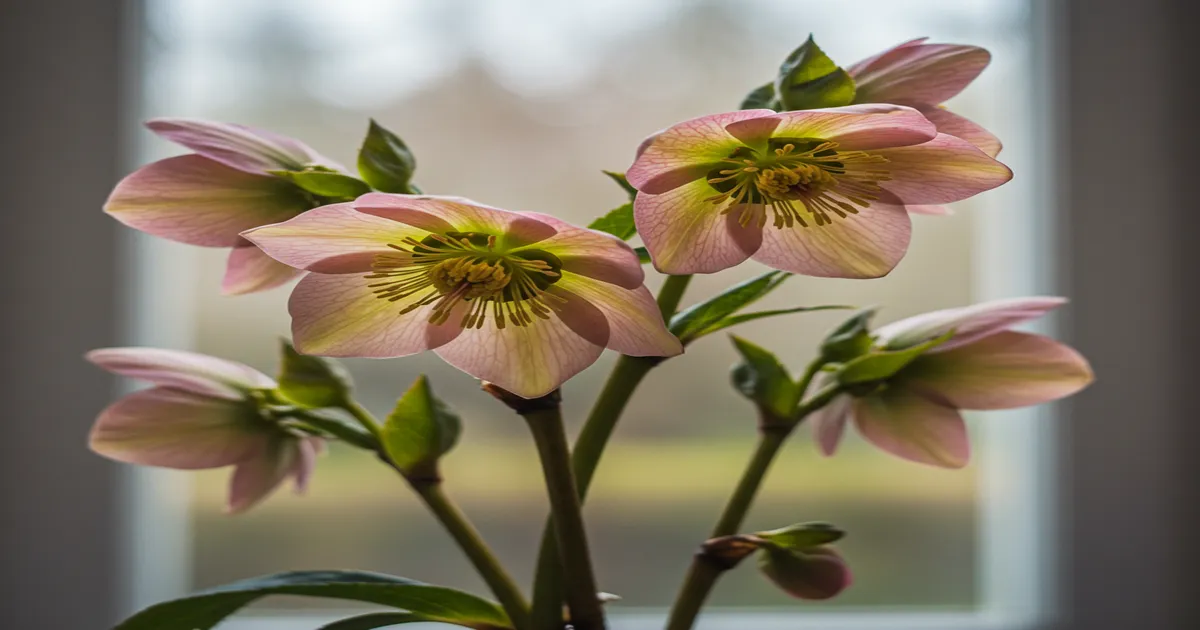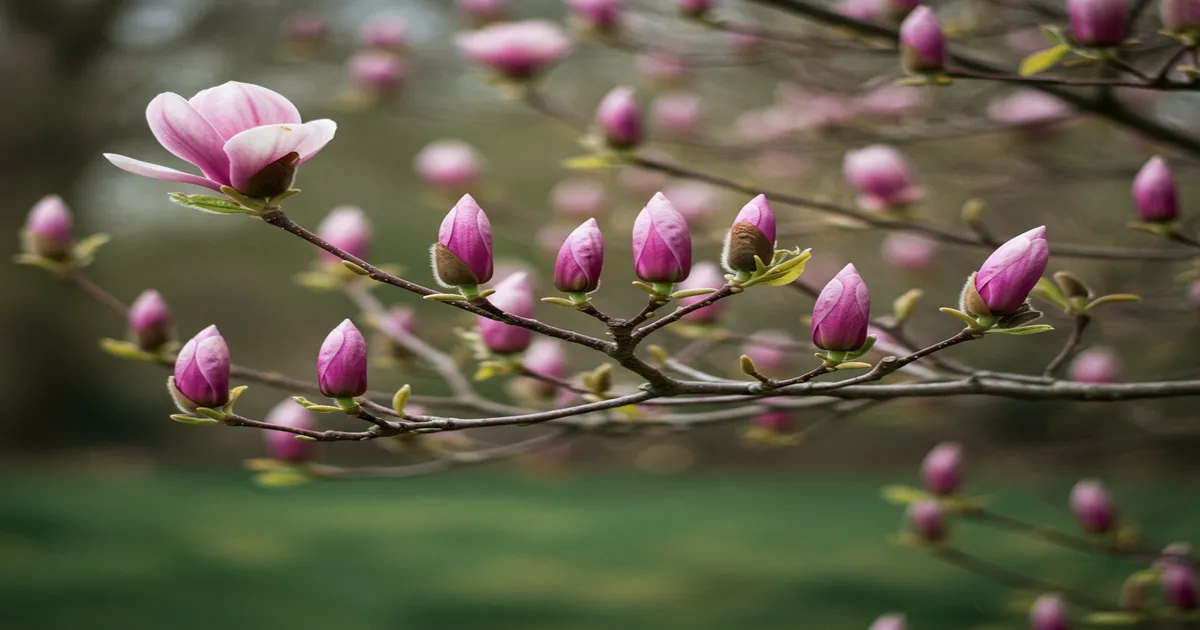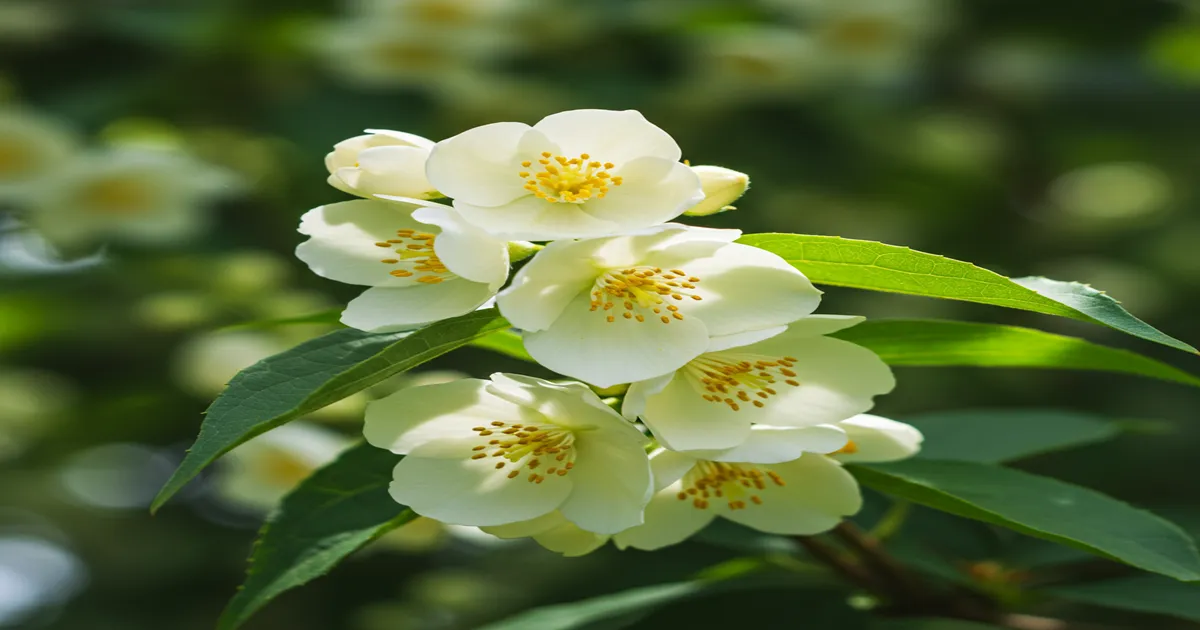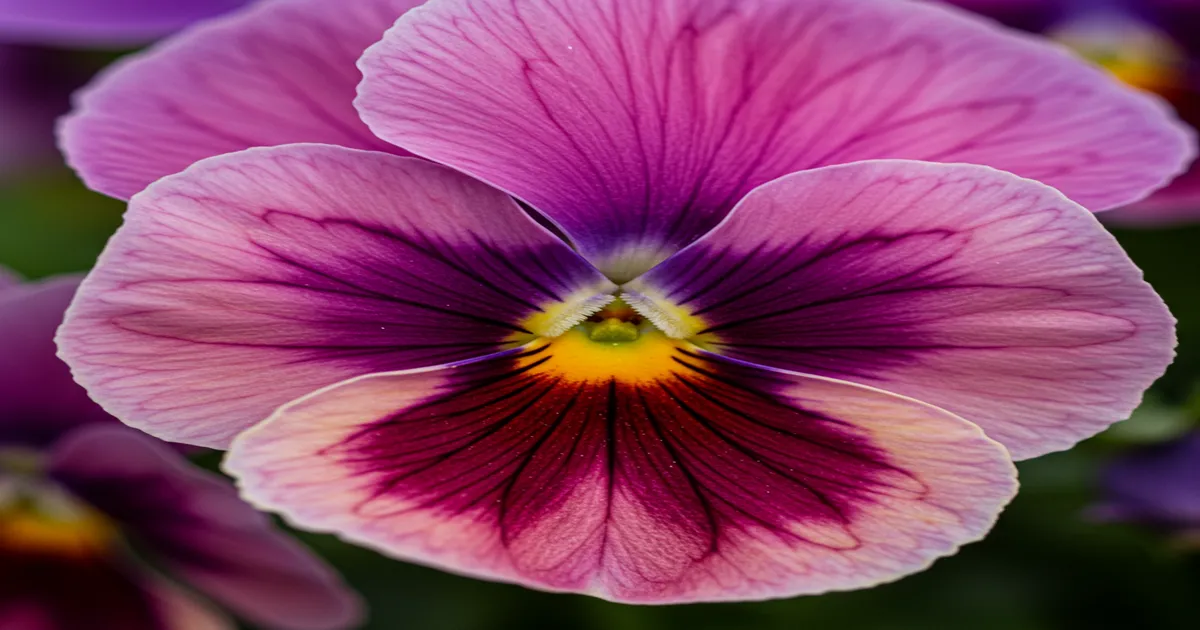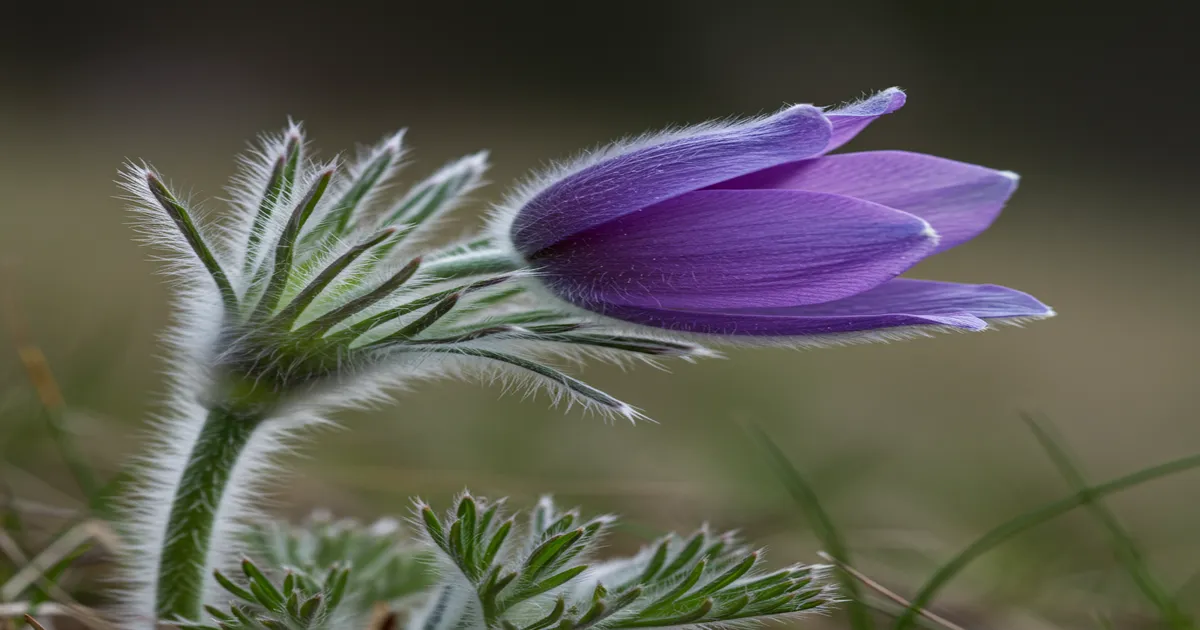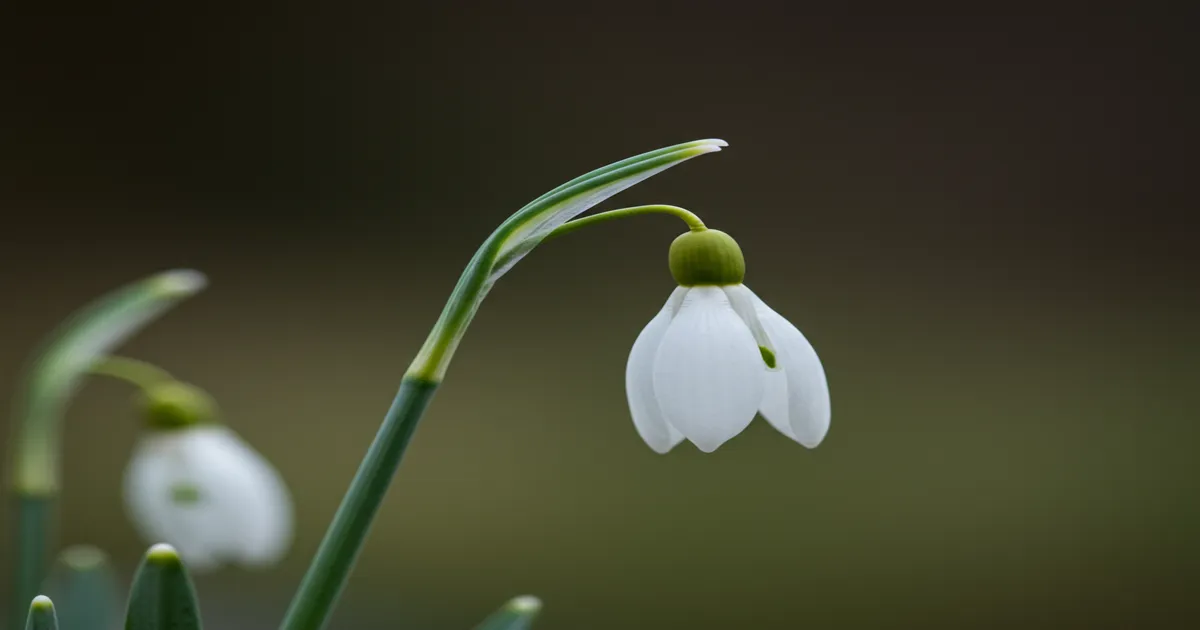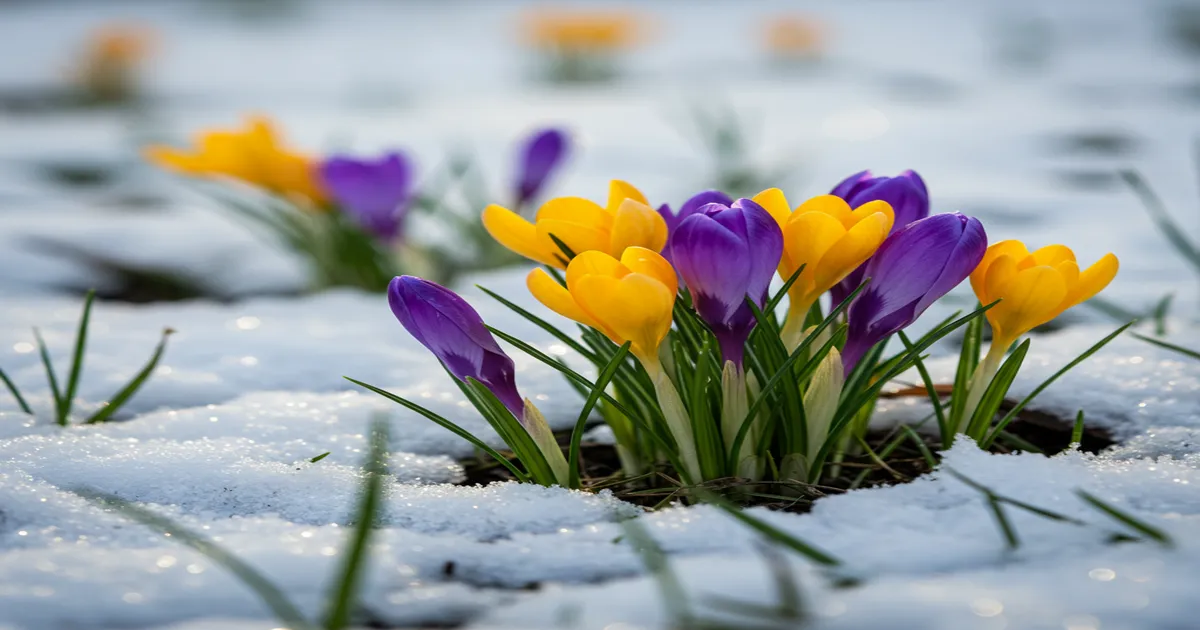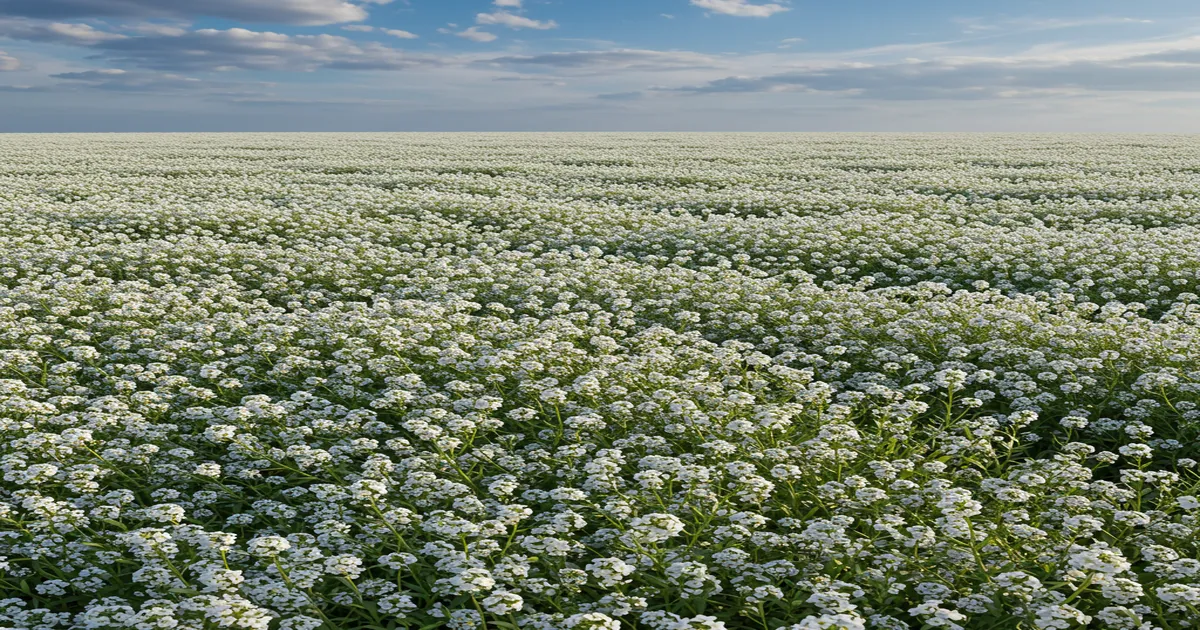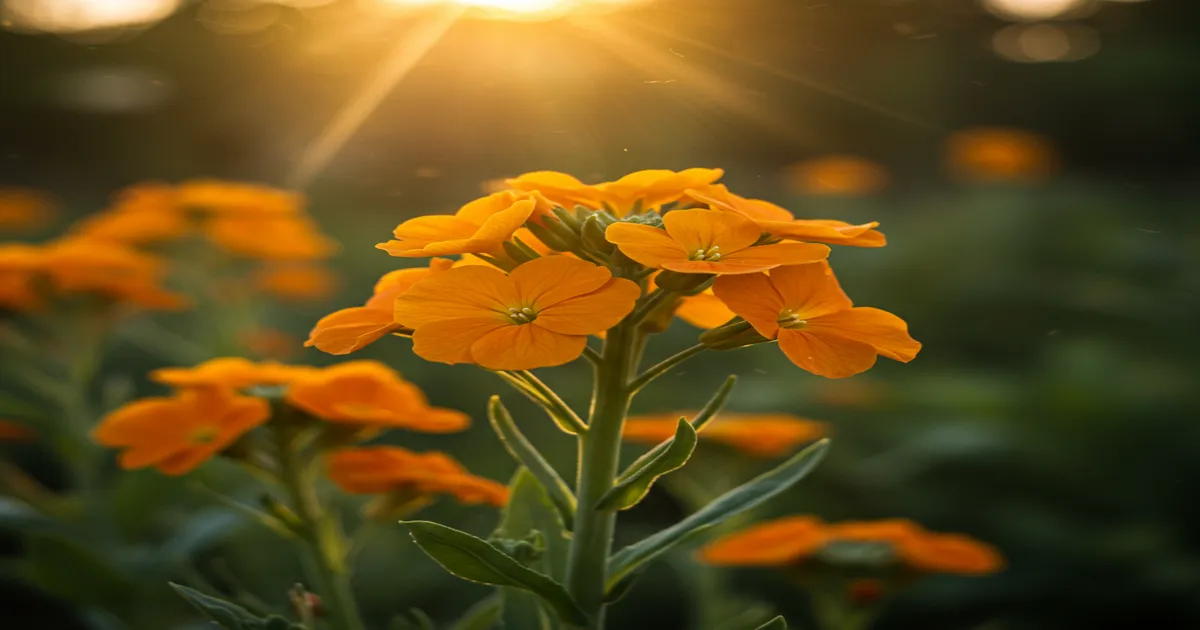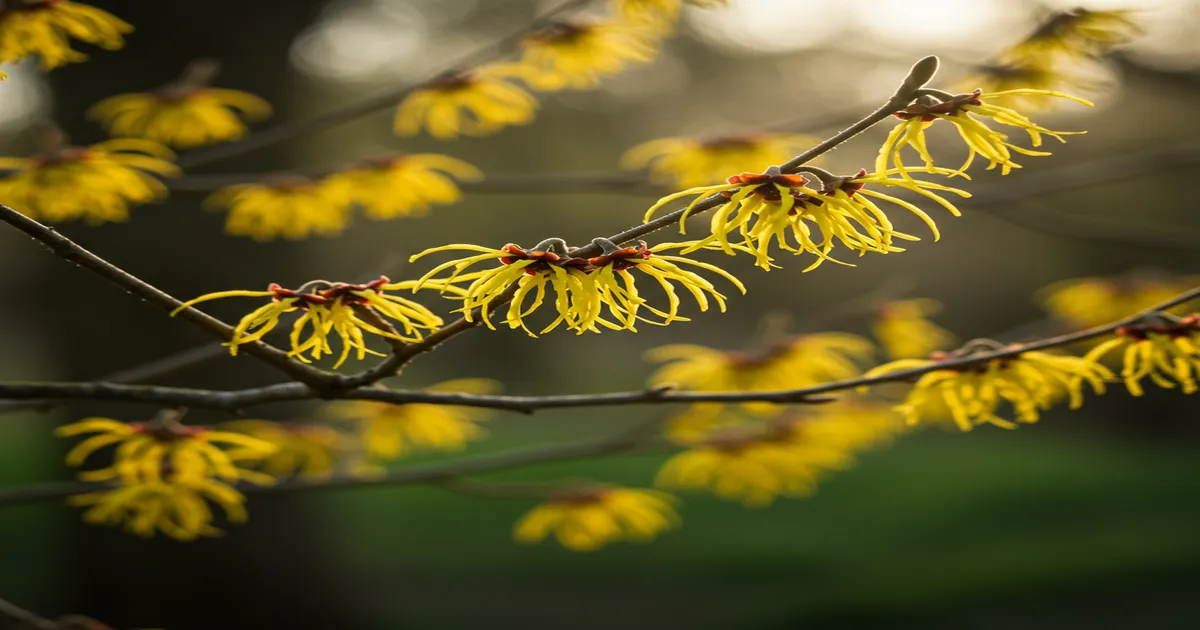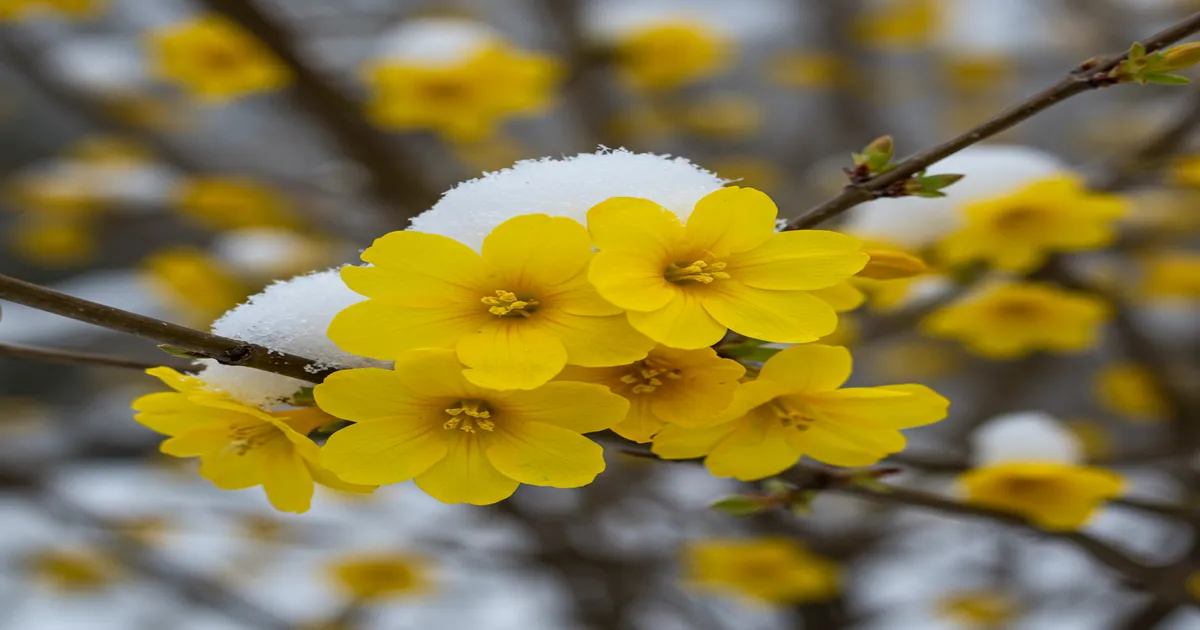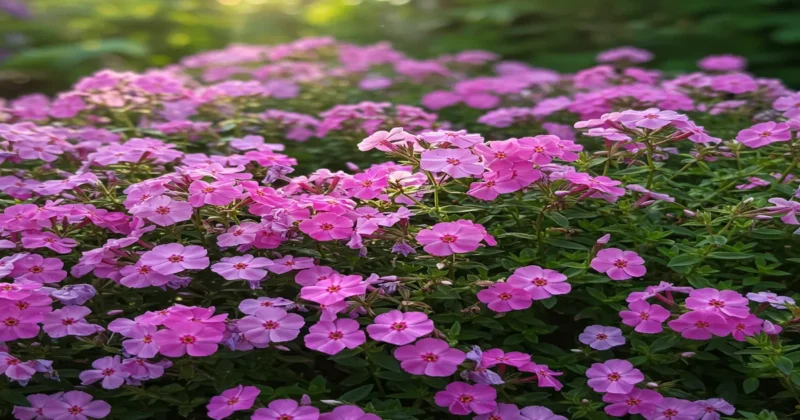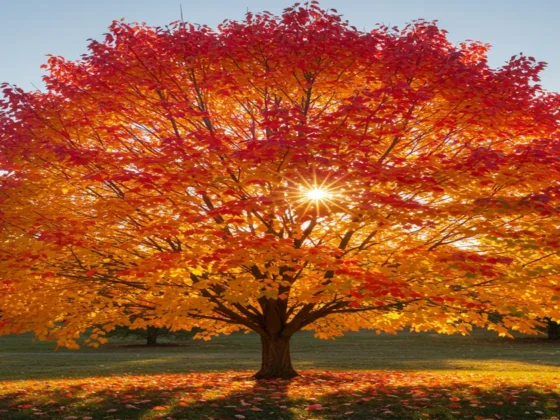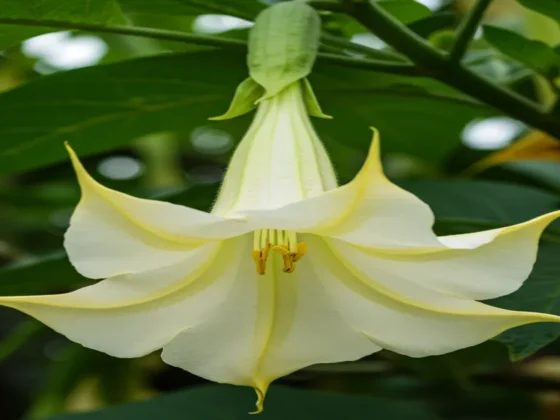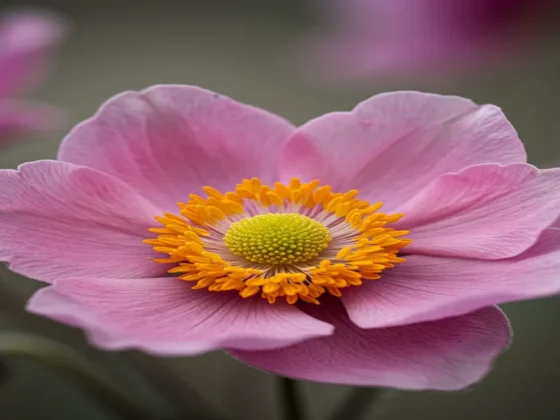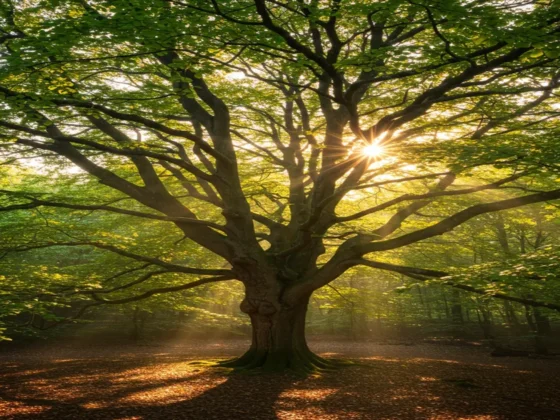Even though crocuses and daffodils are typically the most popular spring bulbs, there are many other plants that bloom in spring and can enhance your garden. By choosing plants with different bloom times, colors, foliage types, flower forms, and heights, you can enjoy a diverse and continuous array of flowers throughout the entire spring season.
Here are 34 excellent plant suggestions for spring blossoms, including low-growing groundcovers and tall trees.
Amur Adonis
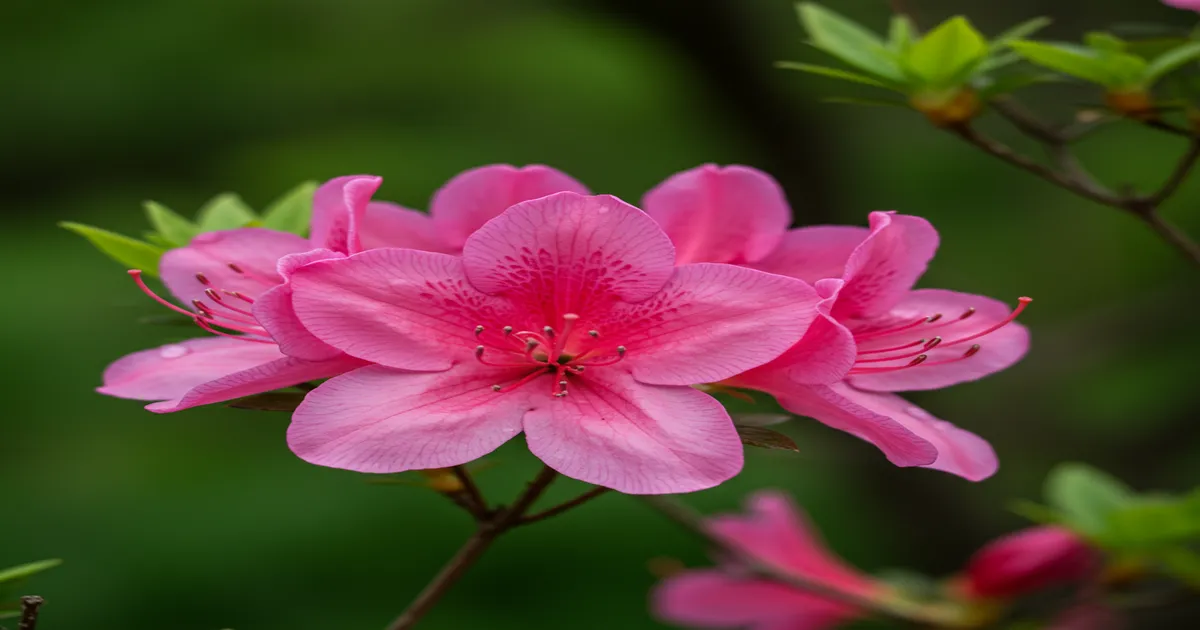
Belonging to the Ranunculaceae (buttercup) family, the Amur Adonis is a perennial plant that typically reaches a height of one foot and is one of the first flowers to blossom in spring. It comes in various cultivars with hues ranging from pale yellow to bright yellow or deep yellow-orange. This plant blooms early, typically from February to March, depending on the specific location.
- Name: Amur adonis (Adonis amurensis)
- USDA Hardiness Zones: 4 to 8
- Color Varieties: Pale yellow to red-orange
- Sun Exposure: Full sun to part shade
- Soil Needs: Average, moist soil
Bearded Iris
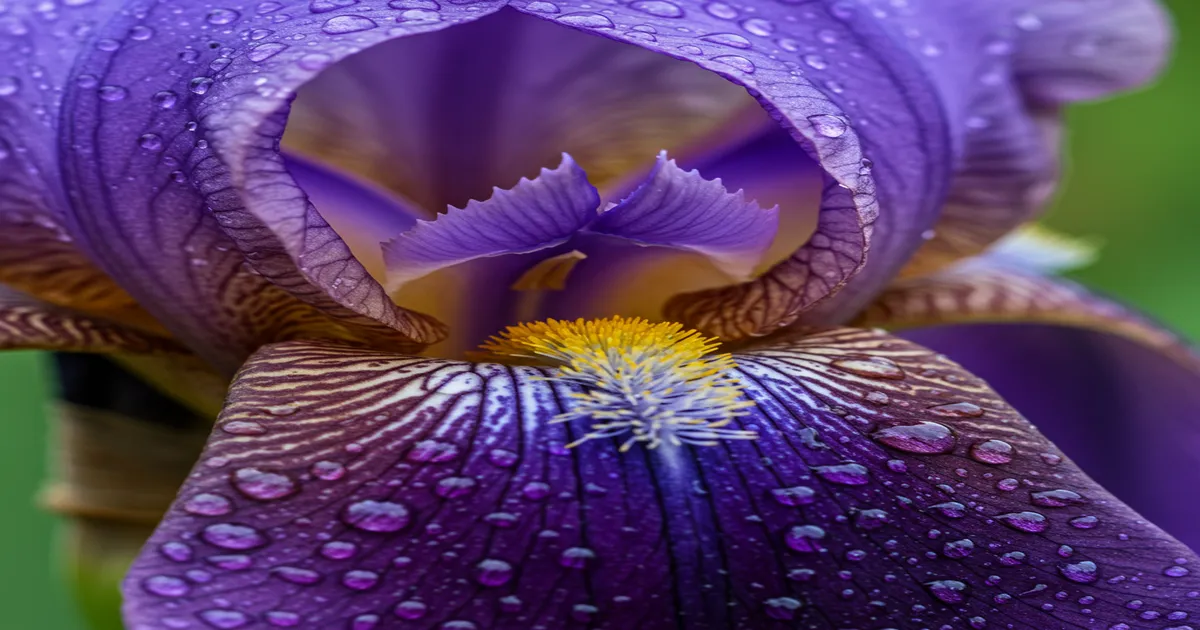
Bearded iris is one of the most favored types of iris due to its easy cultivation. Plant bare roots either in fall or spring, but note that bare-root plants may take until the second year to flower abundantly. The popular bearded iris group includes various subcategories like tall bearded, intermediate bearded, short bearded, miniature bearded, and border bearded. These subcategories differ mainly in height and somewhat in bloom time. Ensure to carefully read plant labels to identify the type of iris you are purchasing.
- Name: Bearded iris (Iris germanica)
- USDA Hardiness Zones: 3 to 9
- Color Varieties: Red, orange, yellow, blue, purple, brown, white, pink, many bicolors
- Sun Exposure: Full sun
- Soil Needs: Well-drained
- Toxic to: Pets
Dutchman’s Breeches
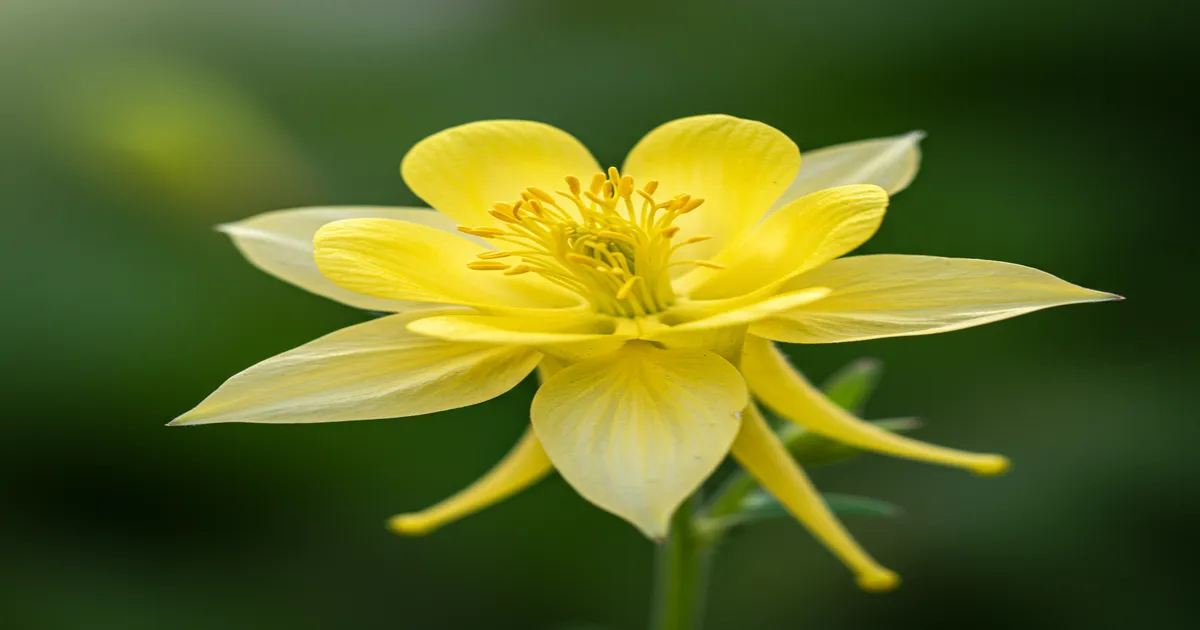
Dutchman’s breeches are perfect for shady gardens, showcasing white to pinkish blooms and reaching a height and width of six to 12 inches. The pantaloon-shaped flowers typically emerge in March. This plant features delicate foliage resembling that of bleeding heart (Dicentra spectabilis), to which it is closely related. Similar to Virginia bluebell, Dutchman’s breeches thrive in woodland gardens where other plants provide cover as it goes dormant in summer.
- Name: Dutchman’s breeches (Dicentra cucallaria)
- USDA Hardiness Zones: 3 to 7
- Color Varieties: White to pink
- Sun Exposure: Part shade to full shade
- Soil Needs: Medium moisture, well-drained soil
- Toxic to: Humans
